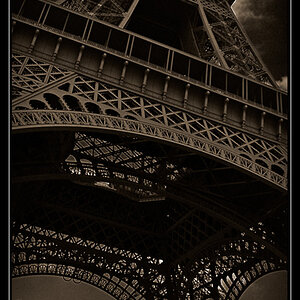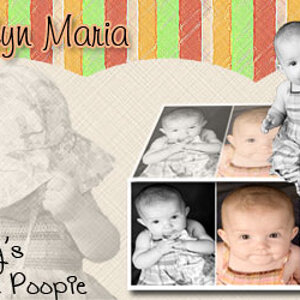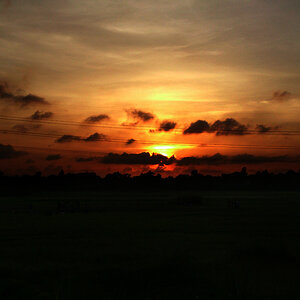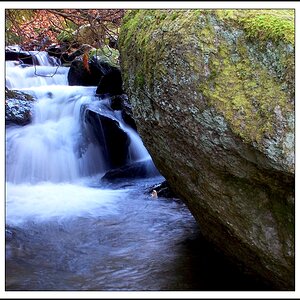BurnIn
TPF Noob!
- Joined
- Aug 15, 2014
- Messages
- 2
- Reaction score
- 0
- Can others edit my Photos
- Photos OK to edit
My wife and I are very lucky - not only do we have a new child on the way, but we were given a used Nikon D3200 by family!
The only cameras I have owned up to this point have been small point-and-shoots, or just iPhones, haha.
I've been reading through the manual and the online help guide. But I can't seem to let in as much light as I want, nor get the pics as clear as I want.
I'm using a very low-budget tripod but it's working out. I am using the 2-sec or 10-sec timer (the latter for shots including me). The timer and tripod help reduce blur, but the photos still aren't super clear.
Our lighting setup uses a window letting sunlight through, and some ceiling track lights with white umbrellas over them to diffuse.
We got some decent black and white ones, but color not so much. Here is a sample of one of the worse ones. (Cropped out personal details)
How can I get
- Brighter photos
- Sharper detail
- Better color
Specific settings or general tips, anything helps. Thanks in advance!
The only cameras I have owned up to this point have been small point-and-shoots, or just iPhones, haha.
I've been reading through the manual and the online help guide. But I can't seem to let in as much light as I want, nor get the pics as clear as I want.
I'm using a very low-budget tripod but it's working out. I am using the 2-sec or 10-sec timer (the latter for shots including me). The timer and tripod help reduce blur, but the photos still aren't super clear.
Our lighting setup uses a window letting sunlight through, and some ceiling track lights with white umbrellas over them to diffuse.
We got some decent black and white ones, but color not so much. Here is a sample of one of the worse ones. (Cropped out personal details)
How can I get
- Brighter photos
- Sharper detail
- Better color
Specific settings or general tips, anything helps. Thanks in advance!













